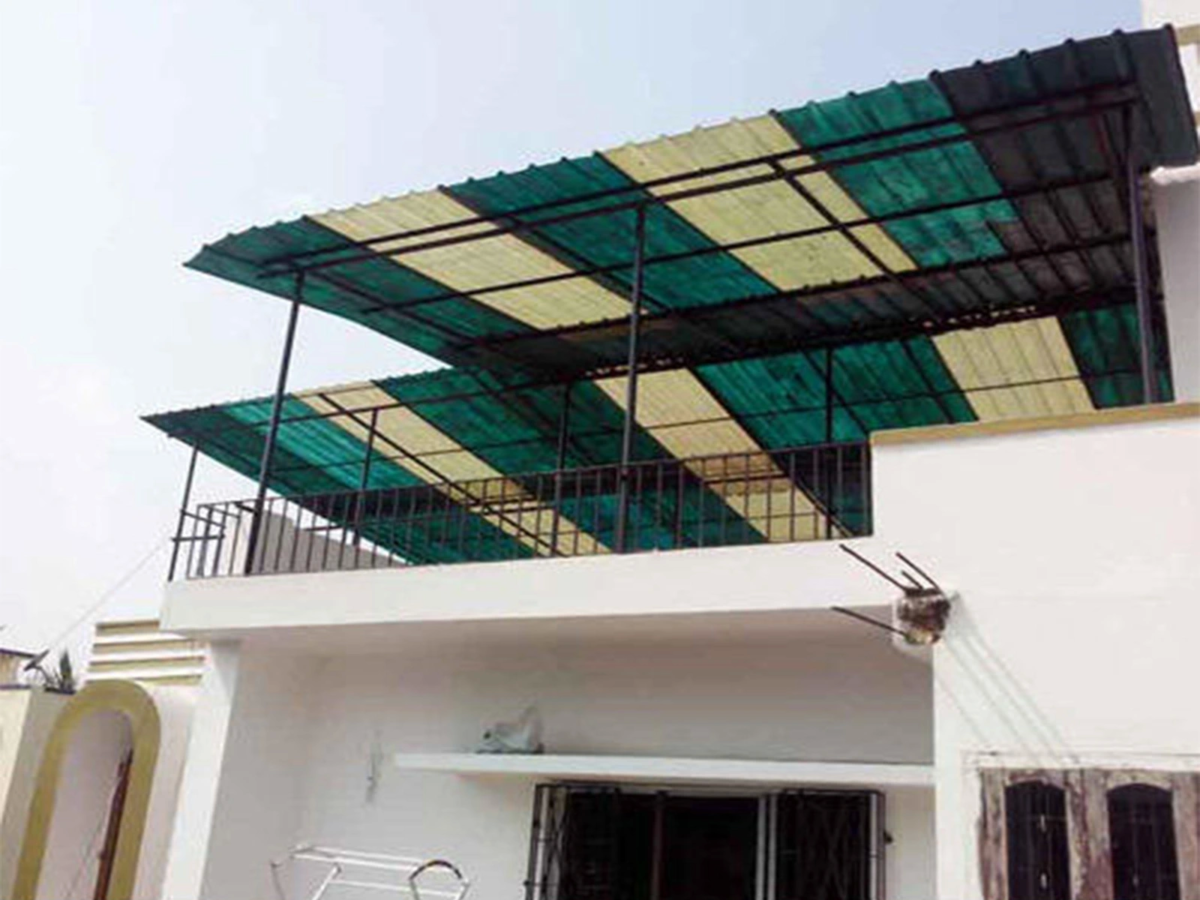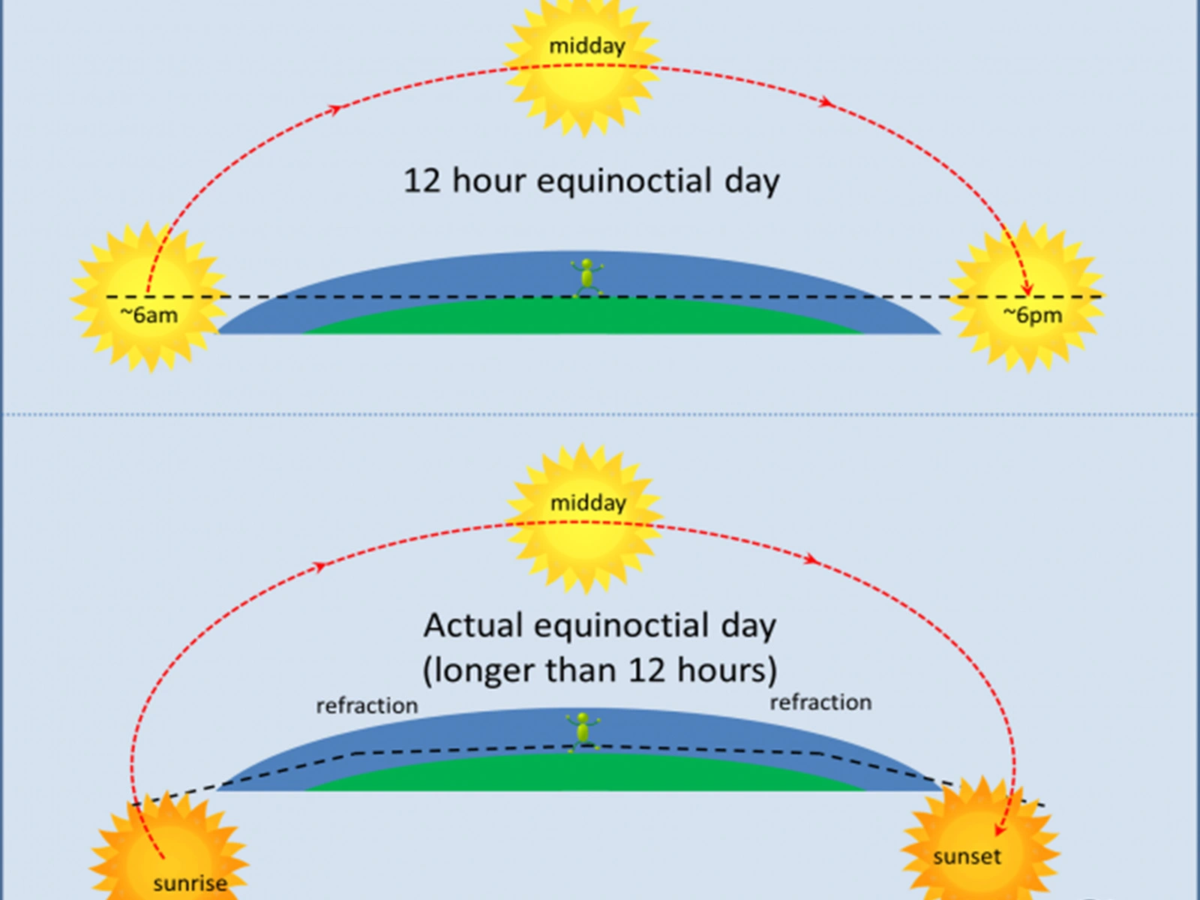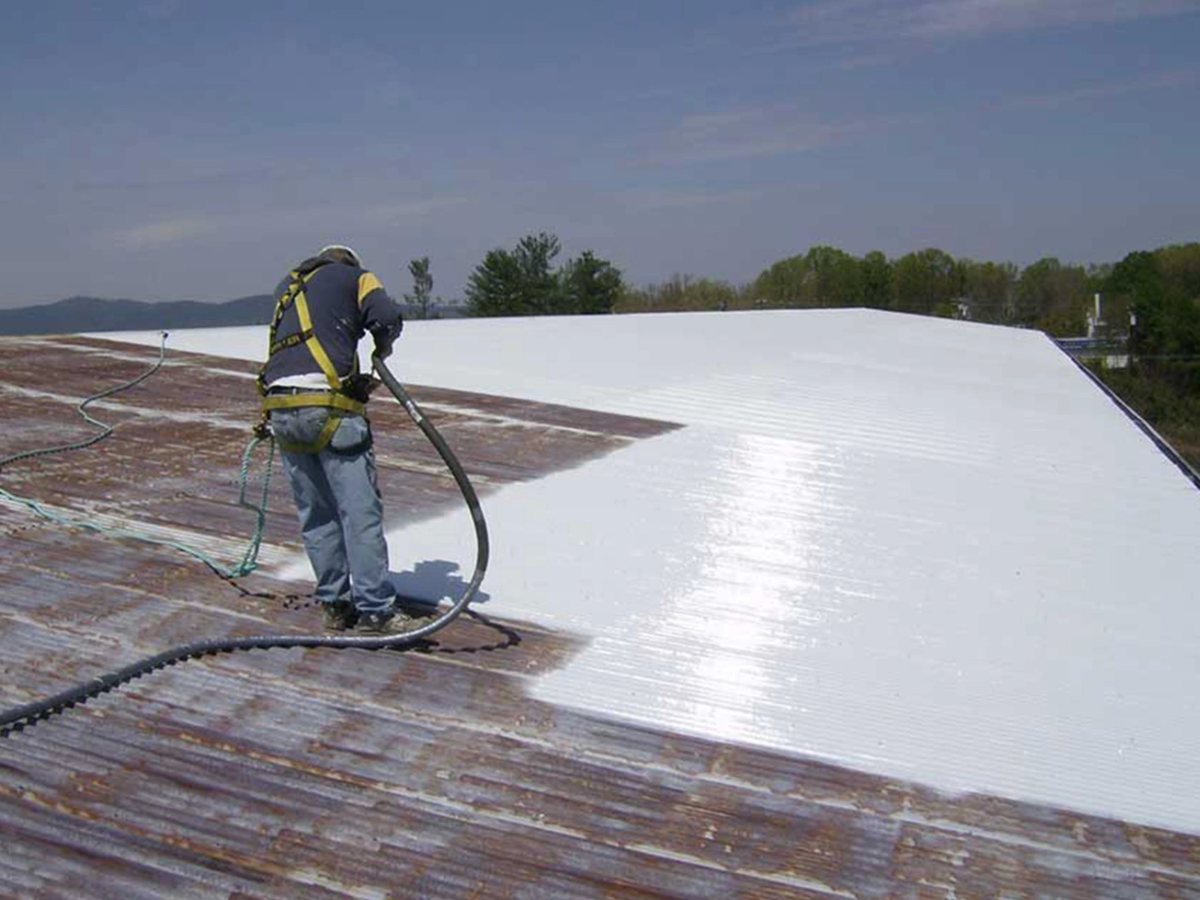Passive Cooling Strategies – Heat Avoidance / How to Prevent Your House From Overheating. There are two aspects of passive cooling. One is heat avoidance and the other is ventilation.
In this segment, we will talk about “heat avoidance” This is possible through two ways – one is through shading and the other is through the skin and treatments of the surfaces with either insulation or through cavities

First lets talk about shading and then we will talk insulation and cavities. The point of shading is that we create a shadow situation on the façade so that a very minimal and controlled amount of sunlight directly falls on to the façade. Keeping the building facades in a shaded state through different elements is one of the key ways to protects the façade from heating up.
Shading is possible on the level of the site design through trees placed strategically where the sun is falling on the building but this strategy is not always possible because trees don’t grow overnight, they take a very long time to grow so in that sense we can say that it is advisable to strategically plant trees on your site for future cooling of the building its like an investment into your property, it will always be worth it. Now let’s talk about other architectural shading elements.

Shading can either be fixed or adjustable – in the fixed category we have horizontal overhangs, vertical shading devices like louvres or screens hung from the façade. In the adjustable category we have fabric tents, awnings, pergolas and other screens and on the interior side we have curtains and blinds – however these are not effective at minimizing heat they can control sunlight of course but once the sunlight has touched the façade outside, heating is inevitable unless the walls are insulated and the heat will definitely reach the interior so the point is to block the sunlight on the outside. One really cheap and effective way to do this is by using screens. Screens can be hung and secured on the façade on top of the windows a great way to do this is by using chatais by creating a small cavity or space in between the window and the chatai and hanging the chatai at a small distance of about a foot or a foot and a half so that there is ventilation ensured above and below the screens and air is allowed to pass through.
The other way to shade buildings is through overhangs and this is crucial to achieving a significant level of indoor cooling because they very effectively keep the facades in a state of shadow.
To calculate the depth of your overhang so that it effectively blocks out the sun, we can use a formula. The suns height in the sky changes throughout the day and it changes during the year as well for example in the winter the sun in the sky is very low and in the summer the sun is high in the sky. To calculate the angle that blocks out the sun in your particular location we can use this formula to see the altitude of the sun in the sky on the hottest day where you are which is called the summer solstice we will use this equation : 90 + 23.5 – your latitude. Since I’m writing this from Karachi, I’m going to use the example of Karachi’s latitude which is 24.8 – you can find your city’s latitude online too. So 90 +23.5 – 24.8 = 88.7 which is the angle or the altitude of the sun in the sky, you can use your elevation and a protector to draw the angle that hits the bottom of your windows. The overhang needs to shade this long to protect the window from the sun.

We will discuss angles and types of shading and window design in more detail in the next episodes in the coming weeks but for now we know we have to make sure our windows are effectively shaded from the sun with the use of proper overhangs.
Now were going to talk about insulation and cavities; how to protect the building’s skin from heating. The part of the house that absorbs the most heat is the roof because it receives direct sunlight on top when the sun is the highest in the sky. So to ensure that the roof doesn’t overheat we have to either keep it insulated or create a cavity or barrier situation to separate the ceiling underside and the top of the roof outside. There are a lot of reasons why we don’t do this in Pakistan. It uses more material and it is kind of expensive but this is actually a very effective way of keeping your house cooler.
In India a really simple and cheap way of controlling heat gain from the roof is by painting it white and this has been executed by the government and some NGOs for a lot of public and private buildings. They found that it can achieve a difference of 3 to 4 degrees in the indoor temperature; the inside can be 3, 4 degrees cooler than if the roof was not painted white. And now they have actually started constructing barriers and cavities in their roofs in a lot of their local construction. We’re going to in this series ask people and talk about why we have not started to explore these possibilities as yet in Pakistan but for now lets talk about how we can achieve this technically. What we need to understand is that a double skin minimizing heat gain through the roof in the building because it is common sense that the suns rays is filtered before reaching the interior space.

It is also beneficial to keep this space ventilated and it increases the efficiency of this barrier. You might have heard of the windcatchers of Hyderabad in the 1920s that were very common and that used essentially the same idea of ventilating the roof – the science is that hot air rises, so its best to ventilate the spaces above to allow this air to leave the building and this is what windcatchers did – they worked in 2 ways. One was that they would work with the warm air rising and escaping and other was that the colder wind higher in the sky would be captured by the windcatcher’s mouth and carried to the rest of the house.
You can also get update about construction and interior design on our YouTube channel.


